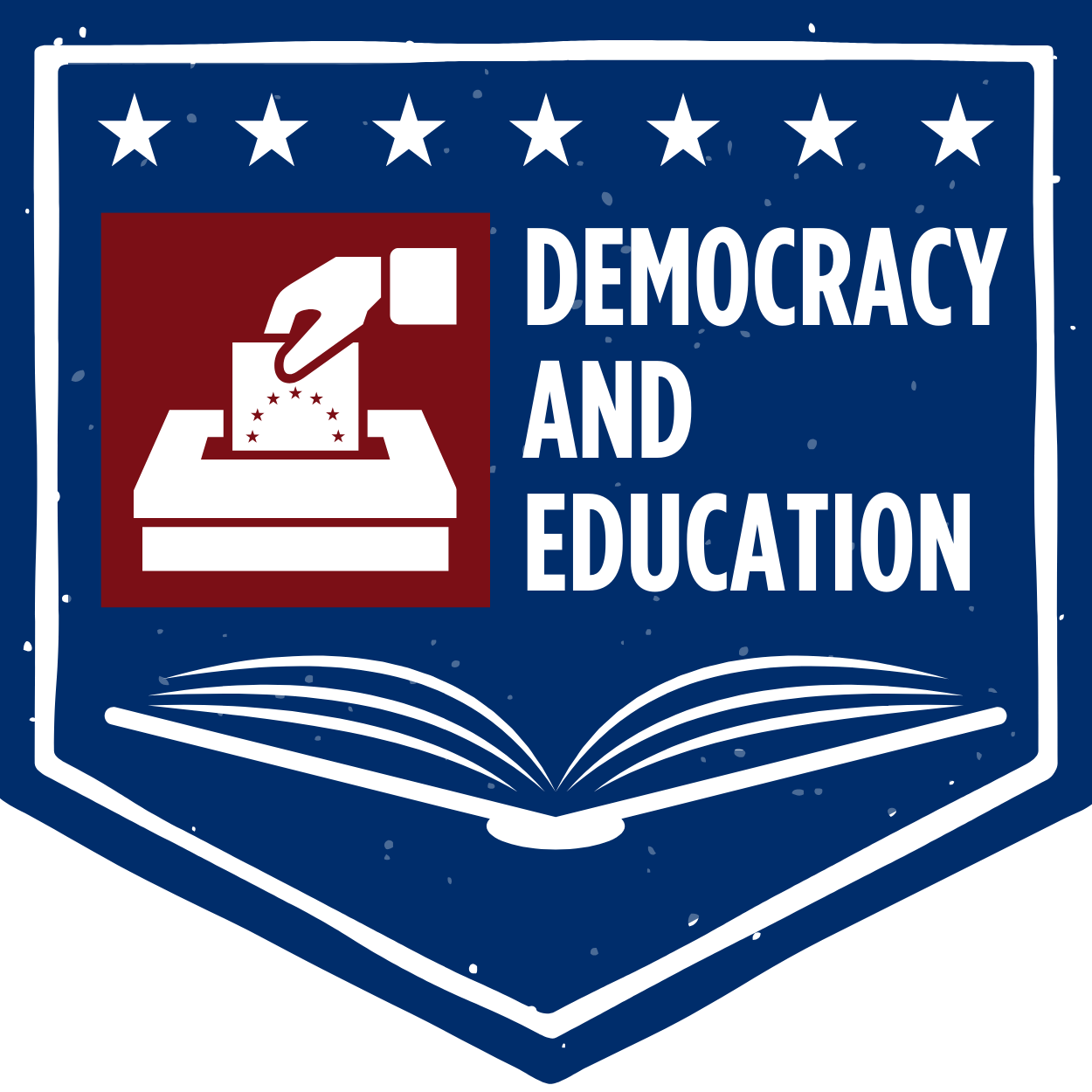The Federal Role in Education
What School Board Candidates Need to Know
Photo by Alejandro Barba on Unsplash
Overview
The U.S. Constitution does not mention education. As a consequence, the federal role in education is secondary to that of the states, almost all of which guarantee a tuition-free education in their constitutions. Perhaps the most important federal role is to ensure that states and local districts don’t discriminate in schools, a role it plays more or less assiduously depending on who is president.
History
In terms of K-12 education, the U.S. government mostly confined itself to gathering statistics and data until 1965. At that time most districts maintained separate and grossly underfunded schools for African American students and other students of color. Many simply refused to enroll students with disabilities. In 1965, as part of President Lyndon Johnson’s War on Poverty, Congress passed the Elementary and Secondary Education Act (ESEA), which did three big things:
● It sent money to states and districts to pay for what it called “compensatory” education for children of color and children living in poverty. The bulk of the money came from Title I of ESEA and was intended to supplement what was already being spent by the local and state governments. In addition, through the years, the Department of Education has provided grants to schools and districts to try new things such as “scientifically based” reading instruction.
● It established an office to enforce the Civil Rights Act of 1964, which prohibited discrimination on the basis of race, color, creed, or national origin (later amended to include sex, and age). Its role was enlarged with the Education for All Handicapped Children Act in 1975 (later becoming the Individuals with Disabilities Education Act) which said schools must provide schooling to children with disabilities in the “least restrictive environment” possible.
● It expanded data gathering and research. Eventually the federal government began assessing a large sample of children with what is known as the National Assessment of Educational Progress (NAEP) and later established the Institute for Educational Sciences.
From 1971 until 1988, all groups of students showed considerable progress in both math and reading on NAEP. In 1988 that progress stopped, and a considerable amount of research raised concerns about how federal funds were being used. In the 1990s a political push began for states to establish standards for learning. In 2002, when ESEA was reauthorized as No Child Left Behind (NCLB), Congress said that if states wanted Title I dollars, they had to demonstrate that children from low-income families, children of color, and students with disabilities were being taught to the same standards as other children. To do so, No Child Left Behind required states to assess children’s reading and math every year from third through eighth grade and once in high school, as well as science once in elementary and once in high school. States were required to report individual results to parents and school and district results to the public. Those results were reported not only overall but also broken out by student subgroup; in this way people could see how children who received free and reduced-price meals, for example, performed in comparison to children who didn’t. NCLB also put into place accountability mechanisms for those schools that did not show progress in teaching children of color and children from low-income backgrounds to read and do math. In 2015, ESEA was reauthorized as the Every Student Succeeds Act, which eased the rules on how states are required to hold schools accountable for results.
The Federal Role Today is Unclear:
Research and statistics: the Trump administration has fired many of the employees of the Institute for Education Sciences and canceled many of its contracts. As of February 2025 it was unclear whether it would administer the National Assessment of Educational Progress as planned.
Funding: In 2024 the department distributed $18 billion in Title I money for students from low-income backgrounds and $14.2 billion in IDEA funds for students with disabilities. This money mostly goes to schools to pay for additional teachers and materials. The Trump administration’s plan was to have the Department of Health and Human Services administer the funds as the administration ends the U.S. Department of Education. Although there is no current talk of cutting the amounts, there are plans to turn them into block grants to the states, which would remove any requirements for how the money is spent.
Civil Rights: The Trump administration’s plan for the Office for Civil Rights is to move it to the Department of Justice and concentrate on what it called the harm caused by diversity, equity, and inclusion programs, rather than discrimination against children of color and children with disabilities.This means that going forward, local school boards will be the key to ensuring that every child has the right to a free and appropriate education.
Please Note: This is a living document that may be edited and changed from time to time.
Questions to Ask in Your School District
Ask district officials: How are federal dollars used? Are they being used in the most effective ways to support the children who need the most help? Are there civil rights investigations in the district? What are the issues?
Ask teachers and principals: Are policies and procedures fair to all students? Are there students who need more support?
Ask students and parents: Do they have access to all the programs and services they are entitled to? Are there additional services they need?
For More Information:
The U.S. Department of Education has a brief but more comprehensive description of the federal role in education.
FutureEd, housed at Georgetown University, kept tabs on how schools are using federal COVID relief dollars.
Education Week’s Sarah Sparks wrote a useful explanation of the complexities of Title I in 2019.

